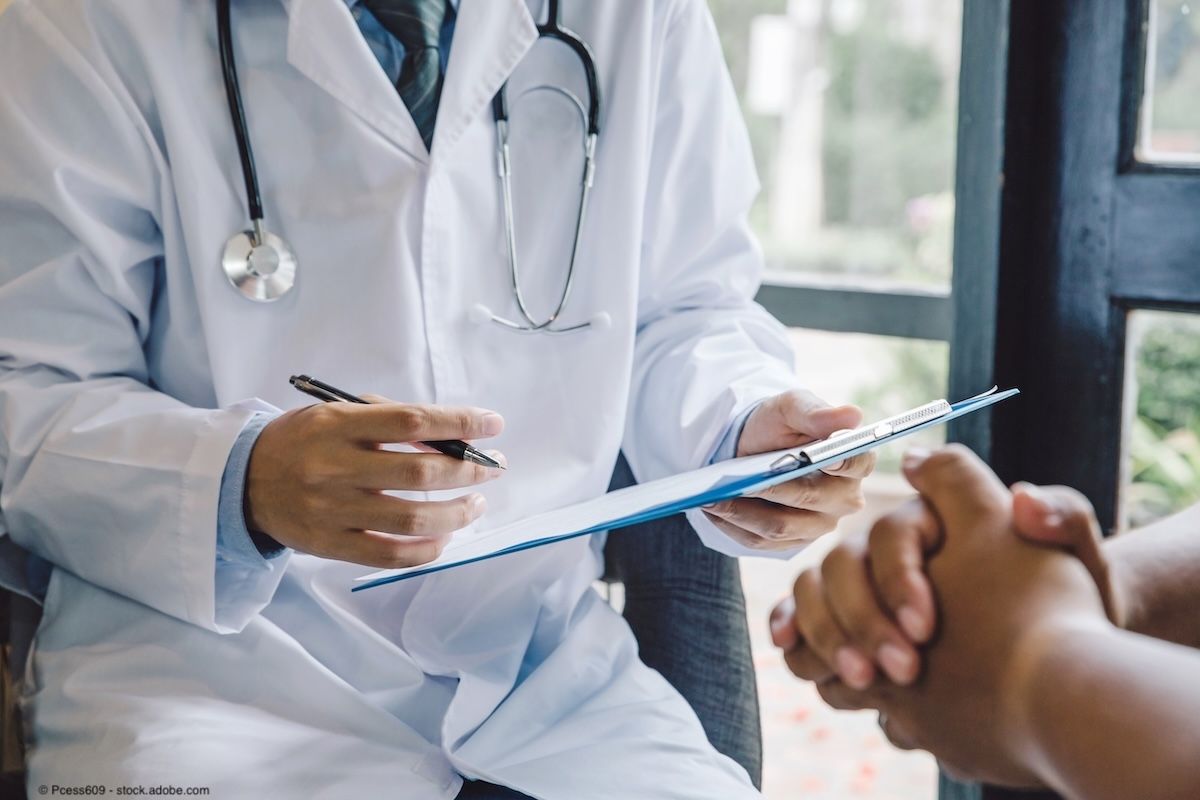Article
Water vapor thermal Tx modestly improves BPH symptoms
Author(s):
Convective radiofrequency water vapor thermal therapy (Rezum) can modestly improve symptoms of BPH, according to Daniel Mollengarden, MD.
San Francisco-Convective radiofrequency water vapor thermal therapy (Rezum) can modestly improve symptoms of BPH, according to Daniel Mollengarden, MD.
The new technology offers a minimally invasive alternative treatment that usually satisfies patients, said Dr. Mollengarden, MD, a fourth-year resident at University of Texas Southwestern Medical Center, working with Claus G. Roehrborn, MD, and colleagues.
Dr. Mollengarden presented a "real-life" retrospective review of a case series of 129 patients treated with convective radiofrequency water vapor using the Rezum device at the AUA annual meeting in San Francisco.
The procedure takes only 2 to 5 minutes to perform, said Dr. Mollengarden.
"This is a fairly novel technology. The big advantages are that it can be easily performed in the office, it can be used on any shape of prostate, and it preserves ejaculatory function,” he told Urology Times.
Also see: Impact of loneliness in men over age 60
All the patients were treated by the same surgeon using local anesthesia. Twenty-five were part of the Rezum II trial. Median lobes were treated if present. The patients had a mean age of 67.4 years, prostate volume of 52.6 cc (ranging up to 86 cc), PSA of 2.45 ng/mL, maximum flow rate (Qmax) of 10.5 mL/sec, and post-void residual test of 106 mL.
Mean International Prostate Symptom Score (IPSS) was 18.3. Thirteen patients (10.4%) had an IPSS less than 8, 56 (44.8%) had an IPSS between 8 and 19, and 56 had an IPSS greater than 19. Ninety-seven patients (75.2%) were taking medication for BPH.
Mean IPSS dropped to 11.2 at 15-45 days after the procedure, then 8.5 from 46-90 days, and 6.9 at 90-180 days. Qmax increased to 13.2 mL/sec, then 16.3 mL/sec, and then 16.8 mL/sec over these time periods.
Ninety percent of the patients were no longer using BPH medication at the last follow-up. The average prostate shrunk by 17.9% using transrectal ultrasonography and 14.0% by PSA.
The improvements were independent of starting IPSS, treatment of a median lobe, and prostate size.
Next:Majority of patients satisfiedMajority of patients satisfied
Dr. Mollengarden and his colleagues administered a scripted patient questionnaire over the phone to gauge the patients' satisfaction. Fifty-nine percent of the patients said they were very satisfied with the procedure, 18% satisfied, 10% neutral, 7% dissatisfied, and 6% very dissatisfied. Forty-eight percent were very satisfied with the results, 25% were satisfied, 13% neutral, 4% dissatisfied, and 10% very dissatisfied. Eighty-six percent of patients would recommend the procedure to a friend.
The most common adverse event was a urinary tract infection, with 17.1% affected. A UTI was defined as 50,000 colony-forming units with symptoms. That was followed by urinary retention, which affected 14.0, and was transient in all cases. Cystoscopic evaluation of lower urinary tract symptoms was required in 7.8%. Events requiring anesthesia occurred in six patients.
Read: TURP duration linked with complication rate
The authors are now starting to study glands larger than 80 grams.
"Currently, larger glands require more aggressive therapy. If we had a transurethral therapy that was effective for a large gland, that would be a nice part of the repertoire,” Dr. Mollengarden said.
Dr. Roehrborn was a paid investigator in a Rezūm randomized clinical trial. Dr. Roehrborn is an investigator and meeting participant/lecturer for PROCEPT BioRobotics; a consultant/adviser, investigator, and meeting participant/lecturer for NeoTract, Inc.; and an investigator and consultant/adviser for NxThera, Inc. He has several other disclosures related to pharmaceutical companies.
Newsletter
Stay current with the latest urology news and practice-changing insights — sign up now for the essential updates every urologist needs.













